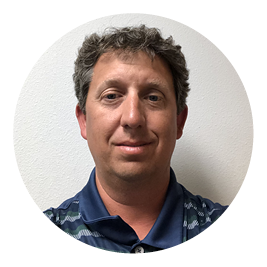Krag Petterson
Cooper Environmental , United States
- Conference: Water and Effluent
- Presentation: Development of a Near Real Time Monitor for Metals in Waste Water Using X-ray Fluorescence
- Presentation Time: Wednesday 16:40


Krag Petterson is currently Vice President at Cooper Environmental Services. In that role he oversees research, development, sales and production activities. During his time at Cooper Environmental Krag has participated in the development of the industry leading Xact ambient air and stack monitoring products. Prior to coming to Cooper Environmental, he worked as a researcher at the California Institute of Technology studying the conformational equilibria of small organic molecules. Krag received his Bachelor of Science in Chemistry from the University of Puget Sound.
Real time analysis of metals in water treatment streams can be of importance in determining compliance with health and environmental regulations as well as for optimizing the water treatment process. Recently, a new instrument based on X-ray fluorescence (XRF), has been developed that is capable of measuring up to sixty-five different elements simultaneously. The instrument operates by spray drying a sampled stream of water. The resulting dried aerosol is then captured on a filter tape and preconcentrated for a user defined sampling interval. After the sampling period is complete the tape is advanced into the XRF analysis area where the sample deposit is analyzed for metals content while the next sample is collected.
The instrument has been laboratory and field tested with both simple and complex real-world samples and compared well with gravimetric, inductively coupled plasma mass spectroscopy (ICP-MS) and inductively coupled plasma optical emission spectroscopy (ICP-OES) methods. During a field study at an industrial waste treatment plant, the instrument reported results comparable to those achieved using ICP-MS for copper (Cu), zinc (Zn), arsenic (As), selenium (Se), cadmium (Cd) and antimony (Sb) over a three-month period. During the same study spike recoveries ranging between 91.3 to 108.7 percent were demonstrated for the same metals. Detection limits of 0.1 ppb or lower are possible depending on effluent characteristics.
This paper will discuss analytical results from laboratory and field testing along with instrument operational lessons learned and optimization.